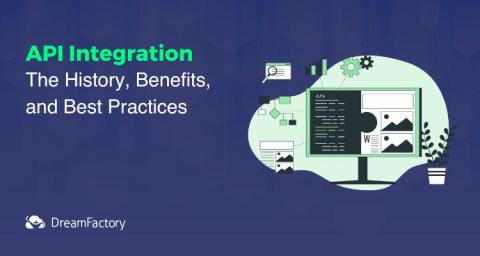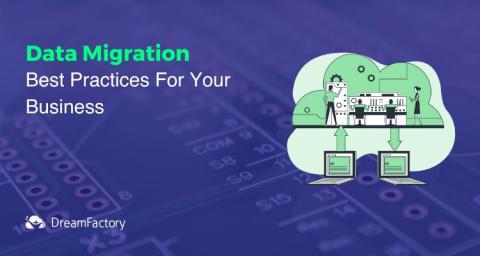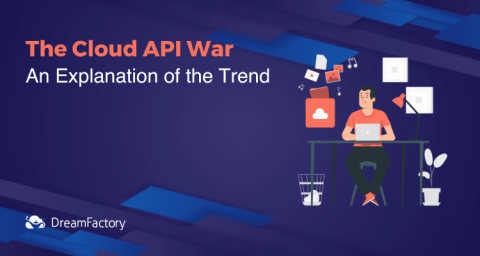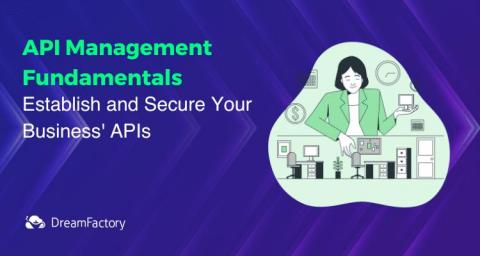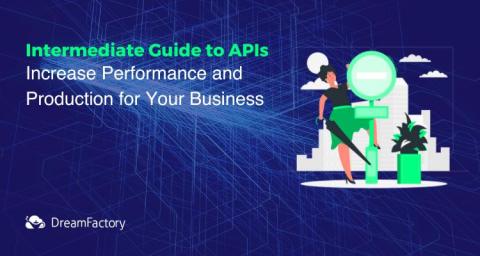A Guide to API Integration
Modern business runs on software. This involves storing business data, and moving that data from place to place. In the old days, software stored the data in a siloed fashion. This meant it was only available in one place, cutoff from the rest of the world. Companies struggled to pull data from different locations. Combining it in meaningful ways was difficult. This isolated data only provided a fraction of its potential value. In modern applications, the data wants to be free.


